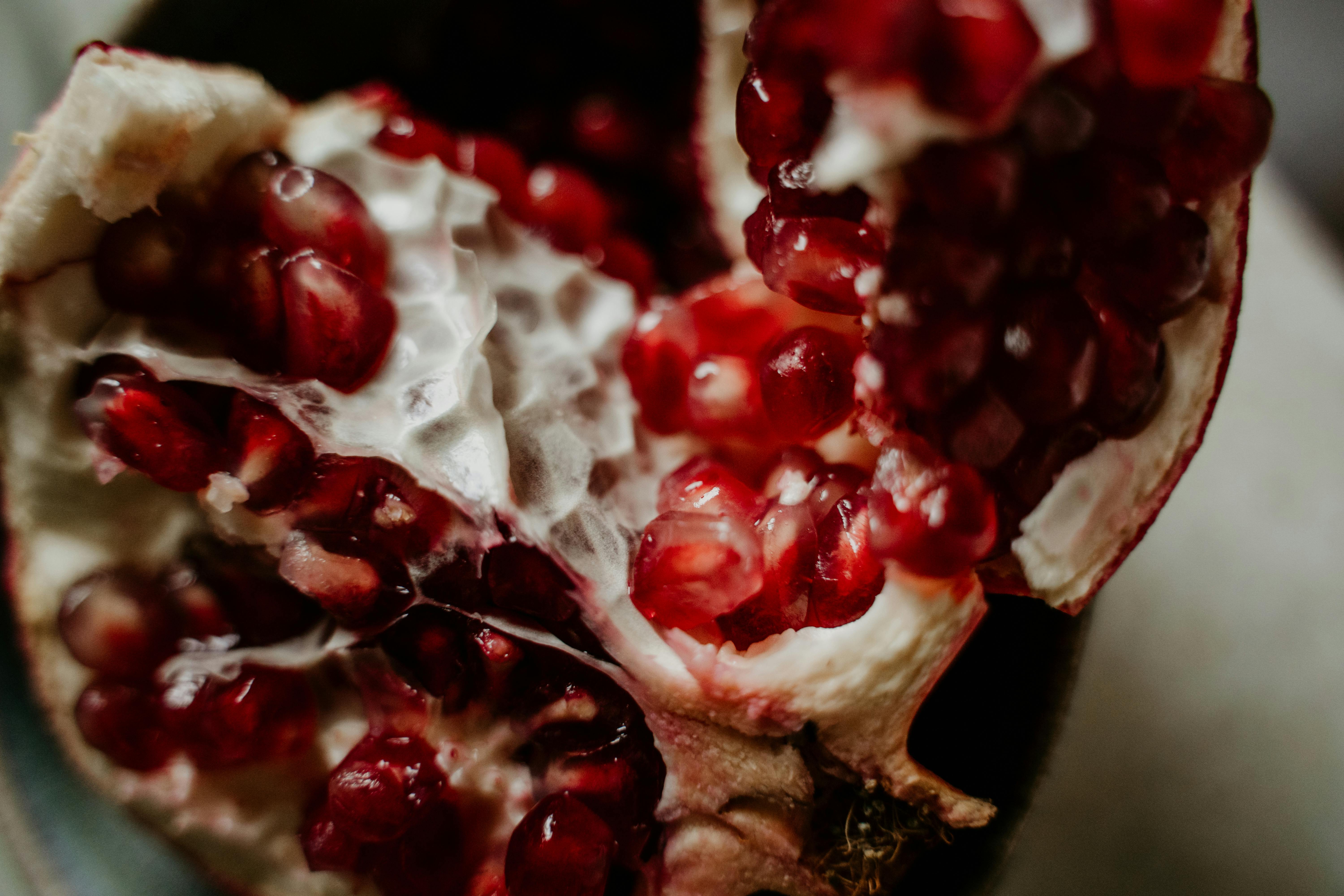Like all official sports teams, professional hockey players wear uniforms when playing authorized games. This includes jerseys, regulation skates, headgear, and hockey sticks. However, hockey players, more than any other group of athletes, seem to have developed an unofficial uniform for when they are not on ice: hockey hair.
Hockey hair for group cohesion
As a group, hockey players are often seen as unruly and aggressive. While all athletes are, to some extent, associated with these characteristics as well, hockey players are particularly infamous for their tendency to fight each other. Hockey games are often as much about player interactions as it is about a team winning or losing. The fights are a kind of spectacle that, while entertaining viewers, generates a potentially dangerous view of aggressive behavior among players.
So how does the hairstyle that hockey players wear fit into this dynamic?
For starters, hockey hair is a loose, swept back style in which the hair flows back from the forehead. The fact that it is a medium / long hairstyle is significant in itself, as longer lengths in men are often associated with unruly figures. However, the prevalence of style among so many team members alters this association in a key way: it provides a common identity for the group.
Group identity through long flowing hair
The result of a group of rebellious and aggressive men with similar hairstyles, it is a unit that transcends the uniform that is worn on the ice. The ubiquity of the style on virtually every NHL team marks the style as a reminder that, while on opposite sides, the members are playing the same game. This is especially important for players, considering the disturbing sight of aggressive behavior on the ice rinks by both coaches, referees and even spectators.
Role of the unit in aggressive behavior
A 2001 study of the perception of aggression in minor league hockey players and coaches shows an interesting change in how certain behaviors are more tolerated with age. As players progressed to the next age group (Atom, Peewee, Bantam), they saw hostile aggression as less of an issue. The worrying trend suggests a lack of awareness that other players on opposite teams are the same. Rather, it shows a perception of the other as an obstacle to success.
An important feature of hockey hair, also known as “Bro Flow”, is that it is long enough to be seen peeking out from under the regulation helmets worn during games. This means that other players can see that under the expected identifiers of jersey number and last name, the opposing player under the team is a living breathing person. This can make a player think before hitting another player against a wall in an overly hostile way.
In short, the Bro Flow look features a unique phenomenon among a group of infamously aggressive athletes. The free-spirited expression, often associated with long hairstyles in men, is tempered by group dynamics, resulting in an overall unity among the players.
